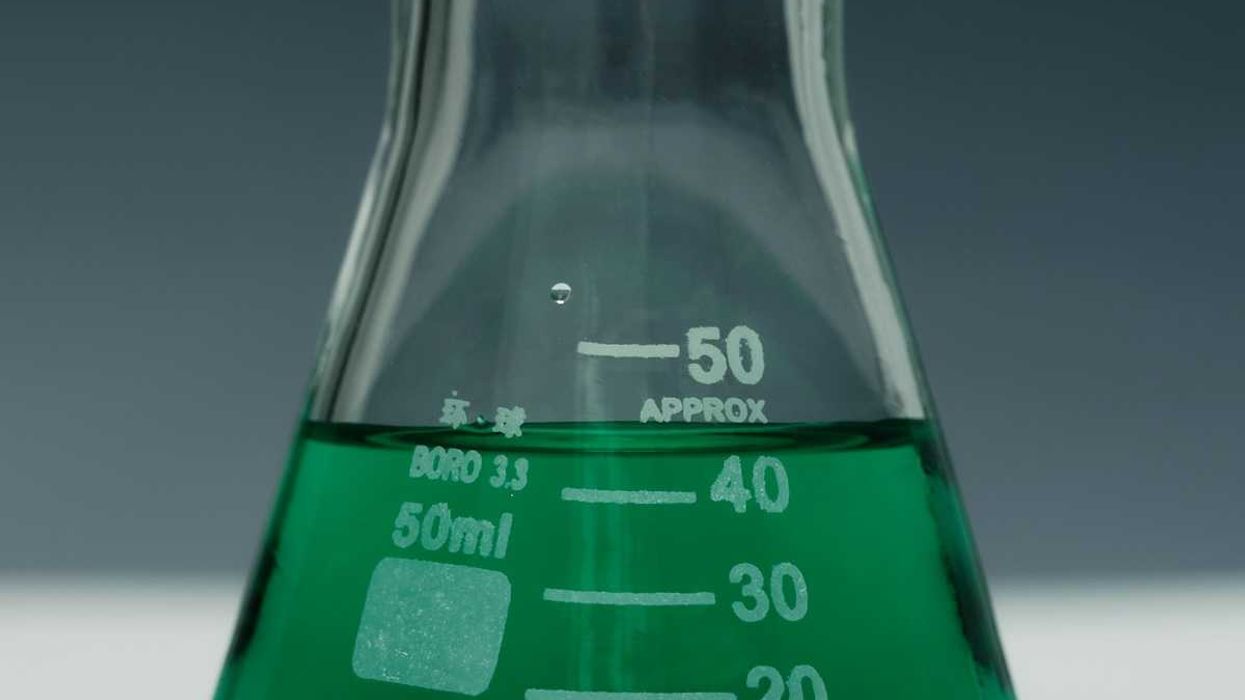Researchers have found that FD&C Yellow No. 5, a common food dye, can make mouse skin transparent, revealing internal organs, and could have significant medical applications.
In short:
- Applying a solution of tartrazine to mice made their skin temporarily transparent, allowing visibility of internal organs without surgery.
- The dye works by adjusting the skin's light scattering properties, making it easier for researchers to observe biological processes.
- The technique may help improve procedures like drawing blood or detecting skin cancer in humans, though it's not yet tested on people.
Key quote:
"It’s similar to the way a facial cream or mask works. The time needed depends on how fast the molecules diffuse into the skin."
— Zihao Ou, assistant professor of physics, University of Texas at Dallas
Why this matters:
Although it's approved by the U.S. Food and Drug Administration, studies have linked tartrazine to adverse health effects, including behavioral problems in children and allergic reactions. A new California bill would ban its use in foods served in public schools. The current study on tartrazine applications for medical imaging does not address potential adverse health effects. EHN will continue following developments with this research.
Related: California bill may ban synthetic food dyes in schools













